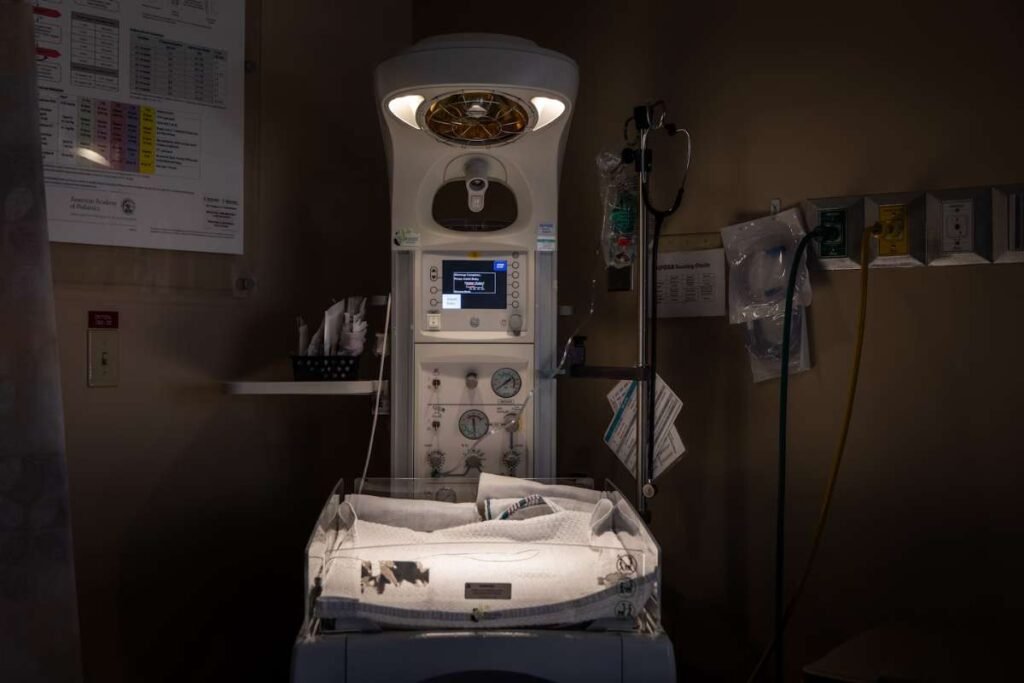US Stillbirth Rates Higher Than Reported, Study Finds
US Stillbirth Rates Higher Than Reported, Study Finds

- Source: Kaylee-GreenleeFor-The-Washington-Post
Stillbirths occur at a higher rate in the United States than previously reported,US Stillbirth Rates according to a new study led by researchers at Harvard T.H. Chan School of Public Health and Mass General Brigham. The findings show that more than 1 in 150 births end in stillbirth, compared to the national average of 1 in 175 reported by the Centers for Disease Control and Prevention (CDC).
The study, published Oct. 27, 2025, in JAMA, analyzed more than 2.7 million pregnancies between 2016 and 2022. Researchers found that the burden of Stillbirth was particularly high in low-income areas, where 1 in 112 births ended in stillbirth.
“Stillbirths impact nearly 21,000 families each year in the U.S., and nearly half of those occurring at 37 weeks or later are thought to be preventable,” said co-senior author Jessica Cohen, PhD, professor of health economics. “Our study highlights the pressing need to improve stillbirth risk prediction and prevention.”
Data shows major disparities
Using health insurance claims and demographic data from multiple national sources, including the Health Care Cost Institute and the March of Dimes, researchers identified 18,893 stillbirths across the study period. They examined links between stillbirths and clinical factors such as chronic hypertension, diabetes, fetal anomalies, and obstetric complications.
The findings show wide disparities in US Stillbirth Rates based on socioeconomic factors. Areas with higher proportions of Black families experienced US Stillbirth Rates of 1 in 95 births—nearly double those seen among White families. In contrast, rural and urban areas showed little difference in stillbirth frequency, suggesting that geography alone was not a determining factor.
Researchers noted that stillbirths were most common among pregnancies involving low amniotic fluid, fetal anomalies, or chronic hypertension. These conditions, often identified through prenatal screening, remain strong indicators of risk.
Many cases lack known risks
Despite identifying clear patterns among high-risk pregnancies, the study found that more than one in four stillbirths occurred with no known clinical risk factor. Across all cases, 27.7% showed no identifiable cause. This share rose sharply with later gestational ages: 24.1% at 38 weeks, 34.2% at 39 weeks, and 40.7% at 40 or more weeks.
“These results underscore the limitations of our current ability to predict stillbirth risk, especially later in pregnancy,” Cohen said. “Improving screening and understanding the mechanisms of unexplained stillbirths must be a national priority.”
Co-senior author Mark Clapp, MD, MPH, a maternal-fetal medicine specialist at Massachusetts General Hospital, said that while research and prevention efforts have improved in recent years, US Stillbirth Rate remain higher than in comparable nations.
“I hope this study will inform policy, practice changes, and future research to ensure no person or family has to experience this outcome,” Clapp said.
The authors emphasized that while 72.3% of stillbirths had one or more identifiable risk factors, the substantial portion with none suggests the need to expand research beyond clinical causes. They called for closer examination of social and systemic factors, such as income inequality, access to quality prenatal care, and racial disparities in maternal health outcomes.
The study’s comprehensive dataset makes it one of the largest analyses of stillbirth burden in the U.S. to date. Researchers said that ongoing efforts should focus on both high-risk pregnancies and those that appear clinically normal, especially in the final weeks of gestation.
“Understanding why US Stillbirth Rates occur—even when all known risk factors are absent—remains one of the most urgent questions in maternal and fetal health,” the authors wrote.
Also Read :- Premature Birth Rate Rises 12% since 2014, CDC Warns of Risks to Infants